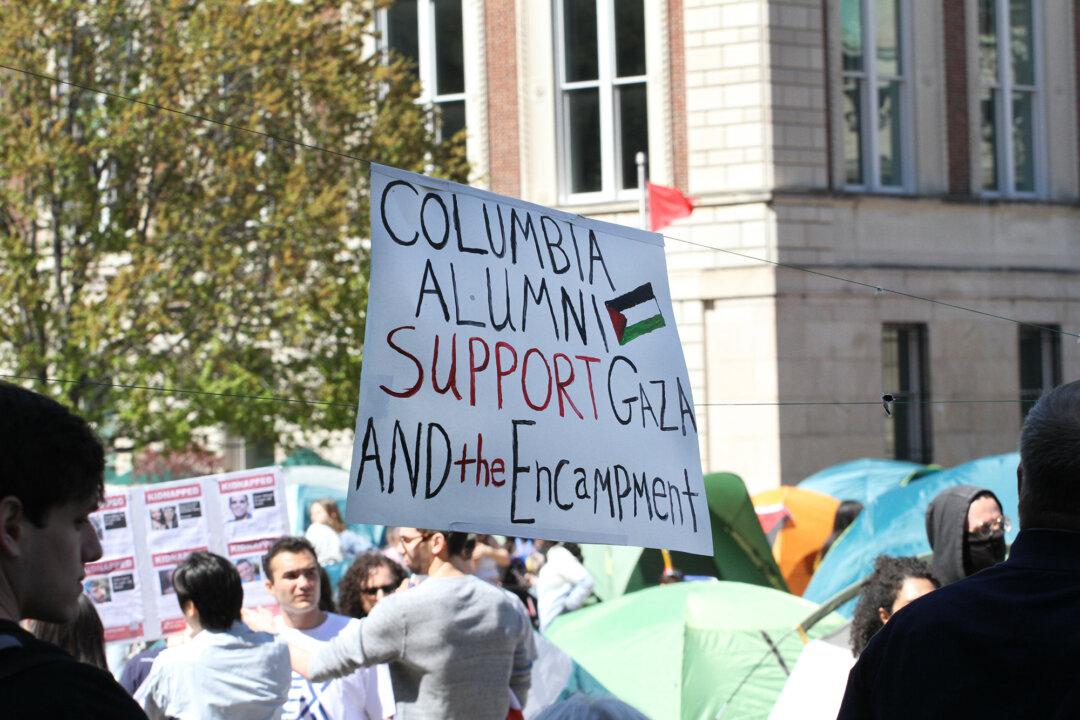The Supreme Court has ruled 6-3 that racial preferences in college admissions violate the U.S. Constitution.
At last!
No student with high grades and test scores should be rejected in favor of a lesser applicant who happens to have a certain skin color.
The evidence provided to the court showed that Harvard College and the University of North Carolina discriminated against Asian American and white applicants.
A black, Hispanic, or Native American student with a combined SAT score above 1,100 might be invited to apply to Harvard, but an Asian girl would need at least 1,350, and an Asian boy at least 1,380.
The real opportunity gap in this nation is not between black and white. It’s between rich and poor.
Contrary to what most Americans assume, affirmative action has never helped poor kids. In fact, Harvard favors wealthy kids. Only 3 percent of the student body come from low-income families. A staggering 67 percent come from families in the top fifth of the nation’s earners, per data provided by Harvard researcher Raj Chetty. Nearly three-quarters of Harvard’s black and Hispanic students come from high-earning families.
Justice Clarence Thomas stresses that Harvard offers the same admissions “bump” to “a wealthy black applicant given every advantage in life as to a black applicant from a poor family with seemingly insurmountable barriers to overcome.”
All the while Harvard rejects Asian American applicants with higher grades and test scores, even those from poor families.
College administrators are already trying to weasel around the court’s ruling by waiving standardized tests that make discrimination hard to conceal.
That’s dishonorable.
Instead, they should be scrapping racial preferences and reaching out to economically disadvantaged students with high potential, regardless of race, to promote economic mobility and help keep the American dream alive.
Students from low-income families, impoverished neighborhoods and failing schools score 399 points lower on the math and English SATs than other students, according to a Century Foundation study. Black students overall score 56 points lower.
If anyone needs a “bump” in the admissions process, it’s a poor kid.
During oral arguments, Thomas pressed lawyers for Harvard and UNC on the educational benefits of racial diversity. Wryly, he wrote that “with nearly 50 years to develop their arguments, neither Harvard nor UNC—two of the foremost research institutions in the world”—could explain the supposed link between racial diversity and educational benefit.
Thomas suggests that “two white students, one from rural Appalachia and one from a wealthy San Francisco suburb, may well have more diverse outlooks on this metric than two students from Manhattan’s Upper East Side attending its most elite schools, one of whom is white and other of whom is black.”
The Left and its media allies are bashing the court for discarding what New York Times legal analyst Adam Liptak calls “decades of precedent.”
Wrong. There is no precedent for permanent affirmative action. The court didn’t intend for it to last forever.
In his opinion, Chief Justice John Roberts makes it clear that a major reason UNC and Harvard lost their cases is that they failed to point to an end date.
When the court upheld affirmative action at the University of Michigan Law School in 2003, the justices knew “this is dangerous and it has to have an end point,” explained Justice Amy Coney Barrett.
That is when Justice Sandra Day O’Connor said it should no longer be necessary in 25 years (i.e., five years from now).
Yet, when Barrett pressed UNC’s lawyers and Solicitor General Elizabeth Prelogar for a time when they could see it ending, she got no answer.
The right answer is now.
Affirmative action is a euphemism for an ugly process—reverse discrimination. Another 25 years won’t make it prettier.
The Left insists the court is recklessly departing from precedent to favor its conservative political agenda. Not so. It is the three liberal justices—Sonia Sotomayor, Elena Kagan, and Ketanji Brown Jackson—who are actually discarding precedent. They’re inventing a new rationale for affirmative action, claiming it’s justified to correct historic wrongs.
Roberts chastised the three dissenters sharply for it. The court “has long rejected their core thesis,” he wrote.
Thomas warns that if the liberal justices’ viewpoint ever prevails, it will lead “to a world in which everyone is defined by their skin color, demanding ever-increasing entitlements and preferences on that basis.”
Fortunately, the Constitution and this court are standing in the way.





